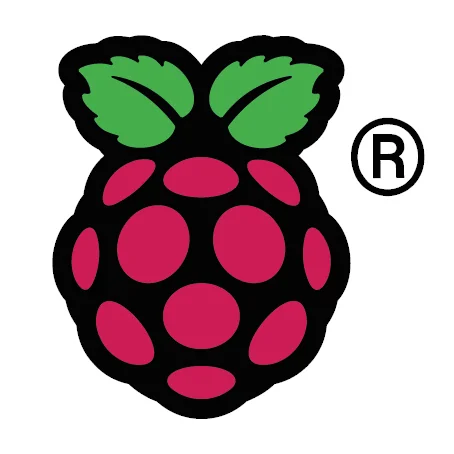What Do You Want To See Out Of The Redesigned, Next-Gen Raspberry Pi?

Specifically what was said in this week's announcement was, "the 3+ platform is the final iteration of the “classic” Raspberry Pi: whatever we do next will of necessity be less of an evolution, because it will need new core silicon, on a new process node, with new memory technology. So 3A+ is about closing things out in style, answering one of our most frequent customer requests, and clearing the decks so we can start to think seriously about what comes next."
Assuming they stick to Broadcom SoCs, which I imagine they would, the obvious big wish and most likely scenario given they would be moving to a newer SoC is one utilizing a newer 3D engine. Broadcom has been investing heavily into the VC5/V3D open-source driver stack for their newer generations of VideoCore hardware. There's even early work around Vulkan driver support but besides that is much more complete (and faster) OpenGL support. So having a much more capable 3D block on the Raspberry Pi is certainly welcome and expected for any next-gen Raspberry Pi.
A new SoC will also mean moving onto LPDDR4 memory, which is sure to help out the performance compared to the current LPDDR2 memory. One of the changes I know many Raspberry Pi enthusiasts would really like seeing is USB3 connectivity compared to the aging USB 2.0 ports that have been present on the RPis up to this point. Assuming they stick to Ethernet off the USB bus, using USB3 would also mean faster networking compared to the current Gigabit Ethernet over USB 2.0.
Of course, the wishes can't be too tall of an order if they still are to target the $35 USD price point and under. But we've already seen from the likes of the Libre Computer Board and others that it is possible to deliver a much more capable ARM SBC at a low cost.
So what would you hope out of any next-gen Raspberry Pi? Let us know in the forums.
98 Comments

